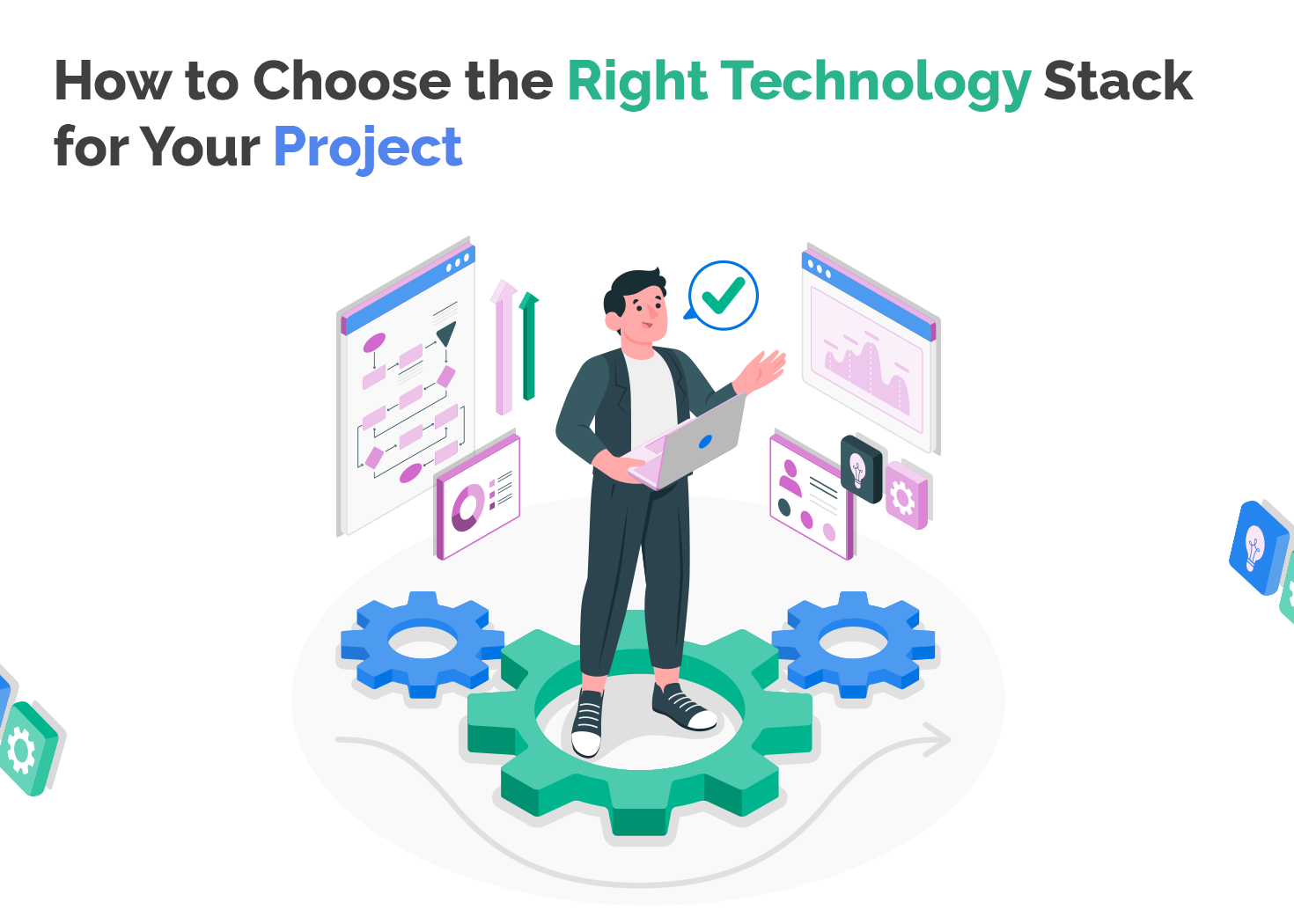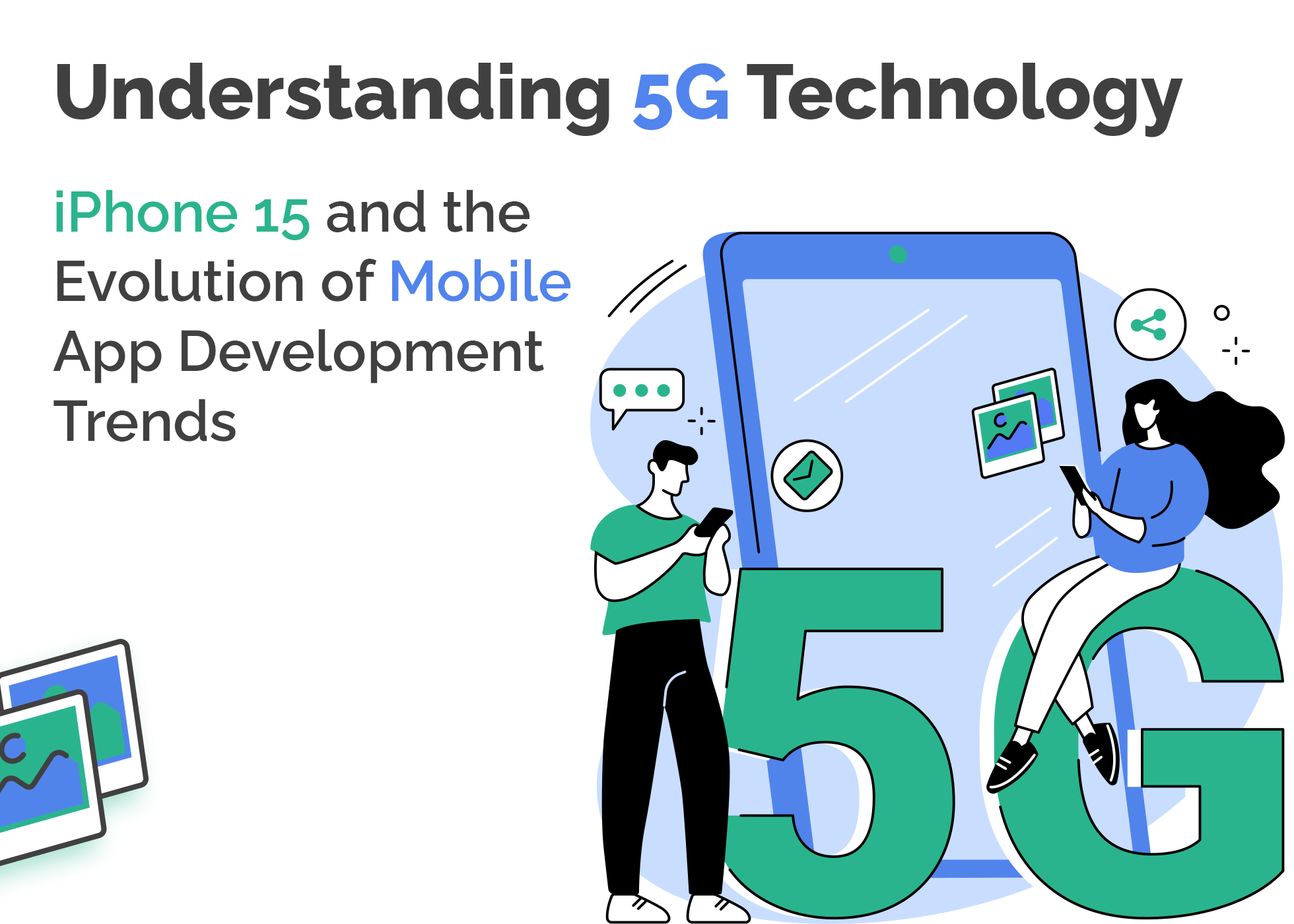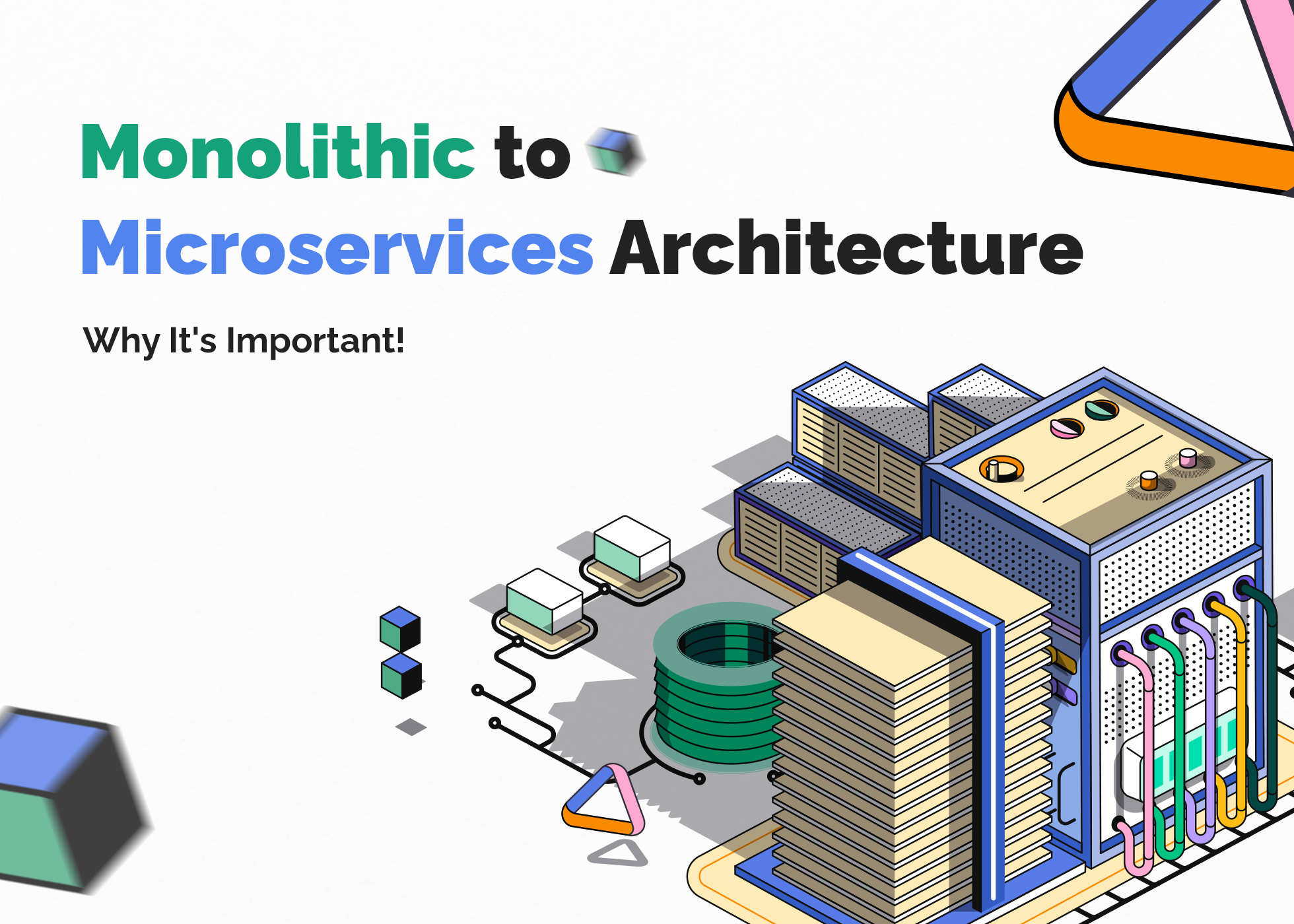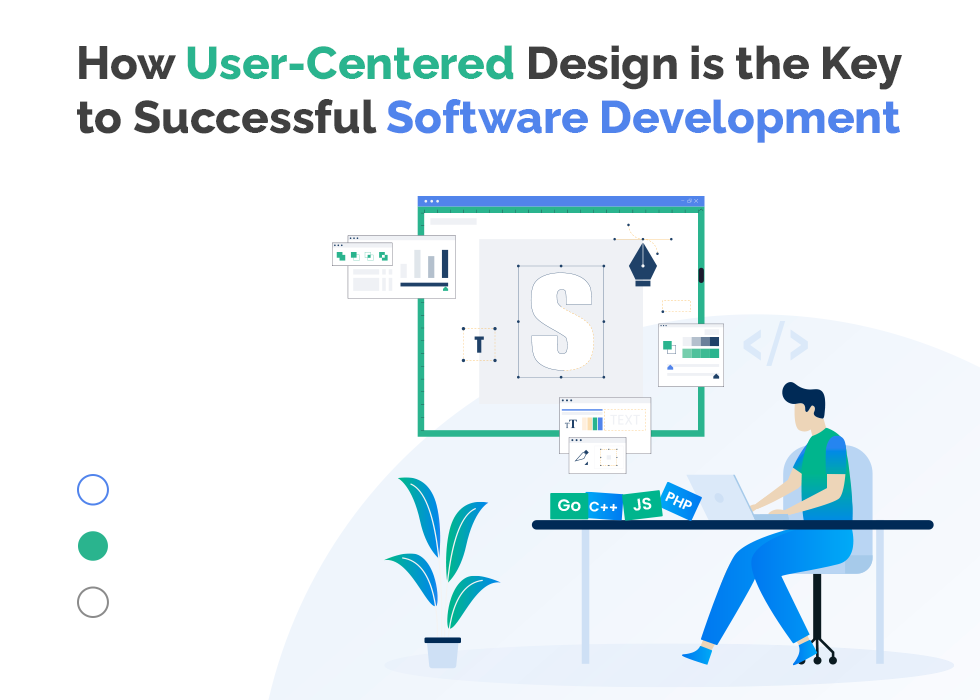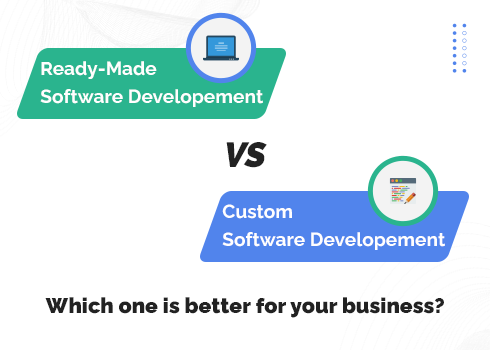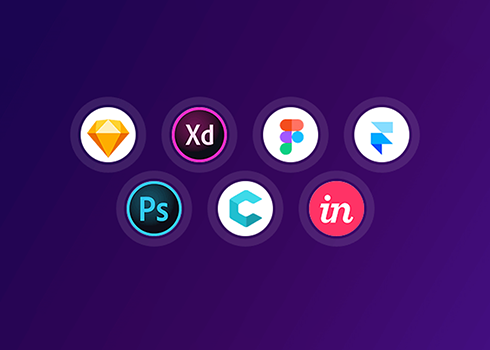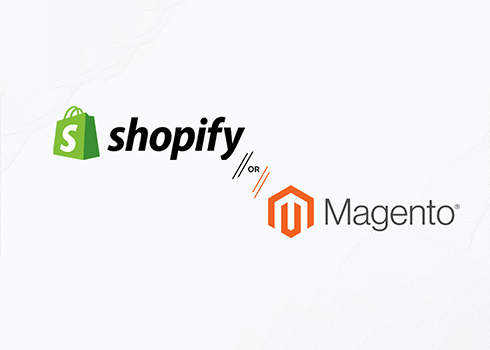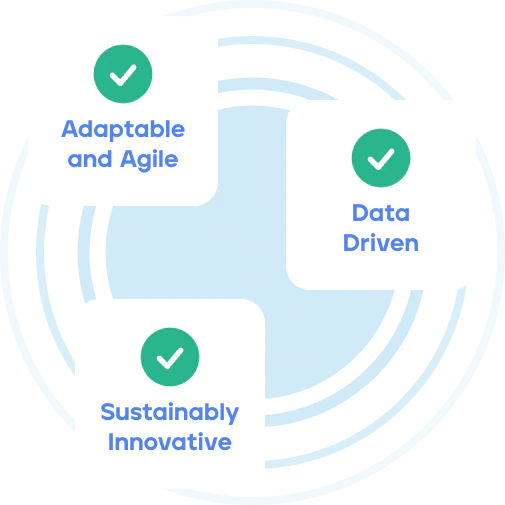
In the fast-paced competitive landscape of software development, one thing remains constant: user expectations are continually evolving. In this dynamic environment, embracing user-centered design (UCD) isn't just a choice; it's an absolute necessity. In this blog, we'll highlight the importance of user-centered design and demonstrate how it can lead to an exceptional user experience, increased product adoption, cost savings, accelerated time-to-market, and enhanced user engagement and loyalty.

Interesting Fact
The Systems Sciences Institute at IBM has reported that “the cost to fix an error found after product release was four to five times as much as one uncovered during design, and up to 100 times more than one identified in the maintenance phase.”
Understanding User-Centered Design
User-centered design is a methodology that prioritizes the needs and preferences of users throughout the software development lifecycle. It ensures that the end product aligns with user expectations and requirements. Unlike traditional development approaches, UCD is a proactive strategy that begins with a deep understanding of the users, their requirements and priorities.
Enhanced User Experience
Exceptional user experience (UX) is the cornerstone of UCD. According to PWC’s research, 86% of consumers are willing to pay more for a better customer experience. This illustrates that users prioritize UX and are willing to invest in products that meet their expectations.
Read More: Exploring the Role of Computer Vision in Augmented Reality: 7 Practical Everyday Examples
Improved Product Adoption
A user-centered approach can make or break product adoption rates. Users are more likely to embrace and endorse a product that aligns to their needs and preferences. Research by the Design Management Institute found that design-centric companies outperform the S&P Index by 228%.
Have you ever noticed that when you're about to download an application from the App Store or Play Store, or when you're in search of software for your system, your first instinct is to look into customer reviews? It's a common practice because products or applications with positive reviews often find their way into your phone or desktop, making them a trusted choice among users. This is the significance of a user-centered design (UCD) and why it should be an important practice in software development.
Reduced Development Costs
By identifying and addressing user needs early in the development process, UCD can save both time and money. It minimizes the risk of costly post-launch revisions and ensures that development efforts are focused on features and functionalities that matter most to users. In essence, UCD is not an expense but a smart investment.
Faster Time-to-Market
In the ever-evolving technological landscape, time-to-market is critical. UCD streamlines the development process by reducing unnecessary iterations and delays caused by design flaws or user dissatisfaction. A quicker product launch not only keeps you ahead of the competition but also allows for faster iterations and improvements.
Increased User Engagement and Loyalty
Software that prioritizes user-centric design principles has a remarkable impact on user engagement and loyalty. When an application offers ease of use, an aesthetically pleasing interface, and meets users' specific needs, it not only encourages continued usage but also leaves a lasting impression. These positive user experiences foster deep loyalty and satisfaction, leading to enthusiastic endorsements and long-term success for both the software and the organization backing it.

Read More: Embrace the No-Code & Low-Code Era: Streamlining Software Development for Success
Key UCD Practices
Implementing UCD effectively involves several key practices:
-
User Research: Understand your audience thoroughly.
-
Prototyping: Create and test prototypes early.
-
Usability Testing: Continuously gather user feedback.
-
Iteration: Be willing to make changes based on user input.
-
Collaboration: Foster cross-functional teamwork.
Gigalabs' UCD Success Story
IrisCX, a video conferencing platform developed by Gigalabs, is a compelling example of how user-centered design (UCD) principles can yield remarkable results. While working with IrisCX, Gigalabs diligently applied UCD, involving both users and professionals in the design process. This approach not only expedited development but also delivered tangible benefits. IrisCX exemplifies the power of UCD in refining user experiences, enhancing functionality, and ultimately, ensuring the success of Gigalabs' software products.
User-centered design isn't just a trend; it's a proven strategy for success in software development. Gigalabs is committed to assisting you in integrating UCD into your projects, ensuring your software stands out in the market. Contact us at sales@gigalabs.co today to improve your software development processes with user-centered design. Collaborate with us to create user-friendly, successful software products.











